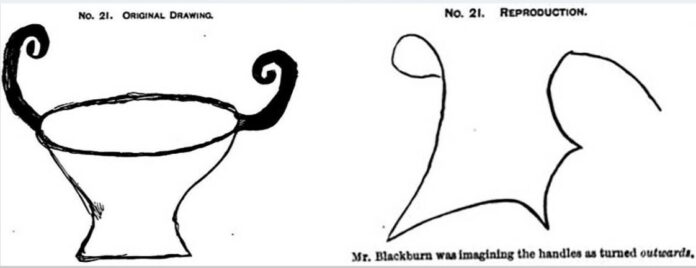Have you ever found yourself struggling in front of an examiner to come up with side effects of drugs other than nausea, vomiting, and diarrhea? Vivas would have been a piece of cake if we were able to mingle our minds and extract the answers to the questions from the examiner’s brain. Someone out there might already be acing those vivas with some thoughts jingling.
How do minds mingle?
Telepathy has traditionally been viewed as a paranormal skill or a sort of extrasensory perception (ESP). Some claim to have witnessed or perhaps had some type of mental link with another individual to exchange thoughts or even feelings, making ESP pseudo-science. Direct mind-to-mind contact between people without the need for any of the five normal senses is known as telepathy. Those who have had it have dubbed it a sixth sense.
The most current research appears to be focused on reading people’s minds using noninvasive techniques like the electroencephalography (EEG) machine, which reads electrodes attached to the sender’s head. The brain waves are recorded, analyzed, and examined. A lot of work goes into connecting these waves to a computer so that they may be sent via the internet. A transcranial magnetic stimulation (TMS) coil is put on the receiver’s head to read the waves. This method was used to send a message from Asia to a receiver in Europe in one test. The communication was sent by a person who used binary 1s and 0s to think about physical actions. The researchers found the technique to be successful despite its length.
Let us talk archaic!
Drawings were used as evidence by psychical researchers studying telepathic manifestations, depicting them as “thought-pictures” that displayed the otherwise concealed mental processes of mediums in objective material form. Even debunkers of telepathy employed drawing to illustrate alternative explanations; they claimed for the popularity of particular descriptions in an unconscious “community of thoughts” whose outlines they experimentally defined by obtaining drawings from the public.
The discovery of a telepath.
Such a phenomenon was observed in august of 1882, in the early years after discovering telepathy. When an 18 years old George Albert smith would read the mind of the editor of the newspaper, Blackburn. Blackburn after the eerie realization started promoting Smith on stage, simultaneously he would write about his strange capabilities and acts in his paper. This did not only earn them good fortune but also brought them into the spotlight. They would travel and exhibit their show. Seeing the success, Blackburn took on to pitching the lad to the scientists and sent them letters telling how easy it is for the little fairy to read his mind.
Trials for testing the truth
The committee on Thought Transference led experiments to verify smith’s powers. For their first experiment, they chose numbers, names, and colours determined by the experimenters and revealed to Blackburn. Blackburn then relayed the numbers, names, and colours to Smith, who then guessed them. The SPR stated that there would be “no sound or movement of anyone’s lips” during these broadcasts, but Smith and Blackburn were permitted to clasp hands.
Although the committee of researchers recognised that handholding might be used to convey a cryptic message, their respondents claimed that this was the conduit via which their extrasensory mental transference functioned. To eliminate the potential of coded communication, the researchers chose to change the material communicated instead of just the experimental set-up for the sake of fairness. In the viewpoint of the committee, drawing would be a tool for fraud-proof mental transmission.

Quality over quantity!
The researchers sketched an arbitrary figure on the second experiment, the drawing being of such a type that its shape could not readily be communicated in language. They gave this image to Blackburn, who took Smith’s hands in his and sat down, sometimes blindfolded, to replicate the image on paper. Despite being “about as similar to the original as a child’s blindfolded sketch of a pig is to a pig,” Smith’s drawings were “recognisable as meant to depict the original figure.”
Closing stage:
The committee cited Smith’s doodles as an official confirmation of direct communication across minds, claiming that “‘the burden of explaining these results rests upon those who deny the possibility of thought-transference”!
Besides, you might have to hold hands with the examiner to construe some answers.




